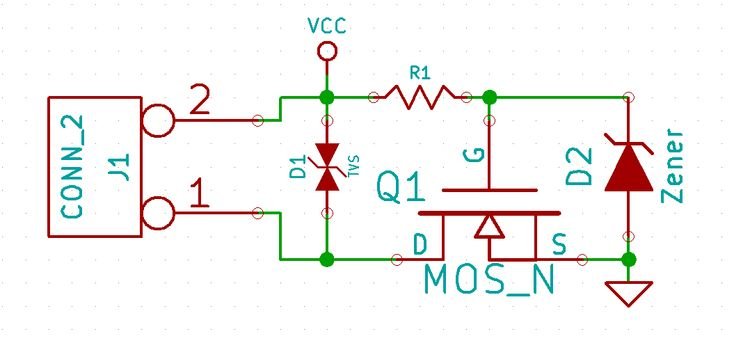Reverse Current Protection for Sensors – DIY Guide

🔌 The Problem: Reverse Current in Sensor Circuits
In many sensor-based projects, especially where microcontrollers or analog circuits are involved, reverse current can be a silent killer. If your sensor’s output is tied to a power source that turns off while the rest of the circuit remains active, current can flow backward through the sensor—damaging it permanently.
🛠️ The Solution: Add Reverse Current Protection
A simple fix is to place a Schottky diode or a P-channel MOSFET in series with the sensor’s power line. This blocks current from flowing in the wrong direction while allowing normal operation. Use low forward-voltage drop components to minimize power loss.
💡 Practical Example
Say you’re using a 5V IR sensor module on a shared power bus. When the controller shuts off but the 5V supply remains active, reverse current can flow through the sensor. Add a Schottky diode (like SS14) on the VCC line to protect it.
📐 Sample Calculation
If the sensor draws 100 mA and you use a SS14 diode with a 0.4V drop:
Power loss = V × I = 0.4V × 0.1A = 0.04W
A negligible loss for most applications, but vital for protection.
🛒 Product Suggestion
Search for “Schottky diode” or “MOSFET”—all proudly Made in India:
👉 Shop now at SmartXProKits.in
🇮🇳 Support our work and India’s innovation—buy from our Make in India site!




















